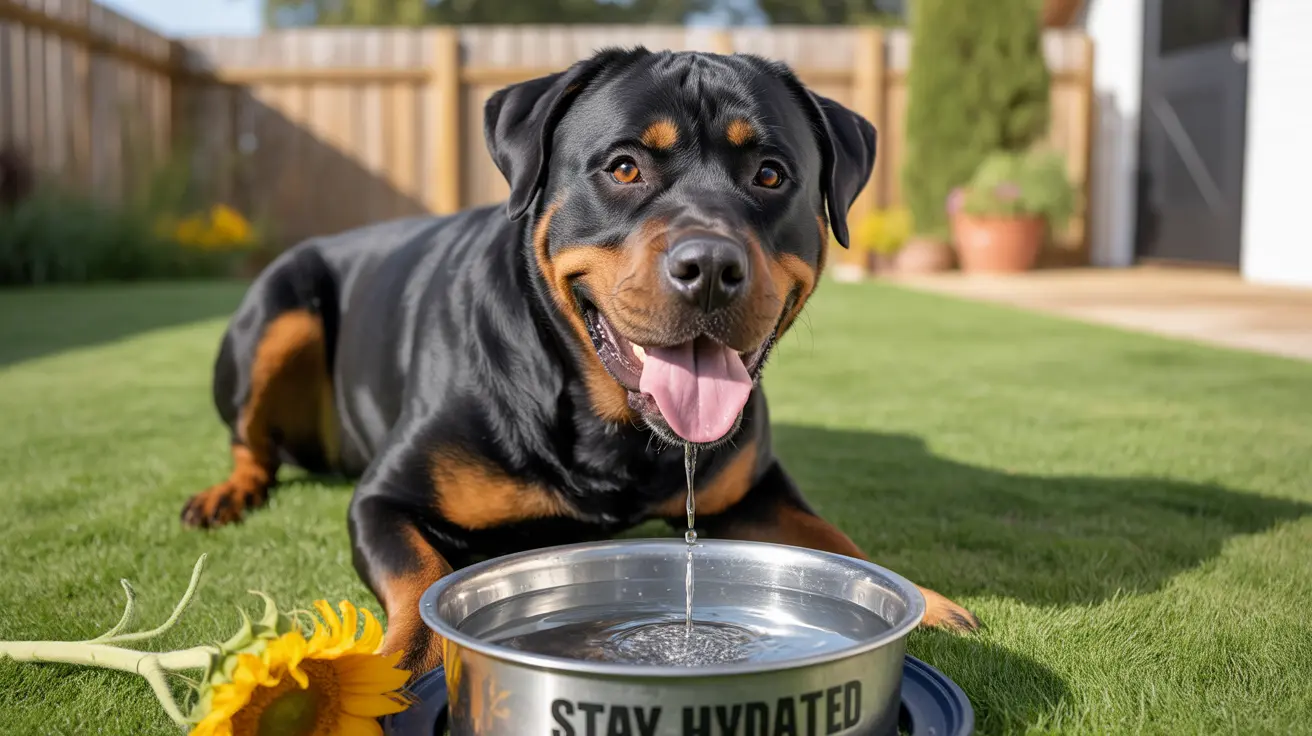The Critical Timeline: How Long Dogs Can Survive Without Water
Most healthy adult dogs can survive approximately 72 hours (three days) without water under normal conditions. However, this is an absolute maximum limit, not a safe guideline. Dehydration symptoms typically begin within the first 24 hours, and the risk of organ damage increases significantly after 48 hours.
Several factors can drastically reduce this survival window, including:
- High temperatures or humidity
- Physical activity level
- Age (puppies and senior dogs are especially vulnerable)
- Overall health condition
- Pregnancy or nursing status
Understanding Dehydration Risk Factors
Age and Health Status
Puppies and senior dogs are particularly susceptible to rapid dehydration. Their bodies are less efficient at maintaining proper hydration levels, and they may not have the physical reserves to cope with water deprivation. Dogs with pre-existing conditions like kidney disease or diabetes are also at higher risk.
Environmental Conditions
Hot weather can significantly reduce survival time without water. Dogs in warm environments may become critically dehydrated within 24 hours or less, especially if they're active or confined in spaces without proper ventilation.
Recognizing Dehydration Symptoms
Early Warning Signs
Watch for these initial indicators of dehydration:
- Dry, sticky gums
- Loss of skin elasticity
- Sunken eyes
- Decreased energy levels
- Reduced urination
Severe Dehydration Symptoms
Advanced dehydration can present as:
- Collapse or severe weakness
- Rapid heart rate
- Shock
- Organ failure
Prevention and Daily Water Requirements
The best approach is prevention. Dogs typically need about one ounce of water per pound of body weight daily. For example, a 50-pound dog requires approximately 50 ounces (about 6 cups) of fresh water daily. This amount may increase with exercise, hot weather, or certain medical conditions.
Emergency Response to Dehydration
If you suspect your dog is dehydrated, don't wait for severe symptoms to develop. Seek immediate veterinary care, especially if your dog has gone without water for more than 24 hours or shows any dehydration signs.
Frequently Asked Questions
How long can a dog safely go without water before dehydration becomes serious?
While dogs can survive up to 72 hours without water, dehydration becomes serious within the first 24 hours. Never intentionally withhold water, as the risk of organ damage increases rapidly after the first day.
What are the earliest signs that my dog might be dehydrated?
The earliest signs include dry, sticky gums, loss of skin elasticity (skin "tent" test), sunken eyes, reduced urination, and lethargy. These symptoms can appear within hours of water deprivation.
How does a dog's age or health condition affect how long they can survive without water?
Puppies, senior dogs, and those with health conditions have significantly reduced survival times without water. These vulnerable groups may become critically dehydrated within 12-24 hours.
What simple tests can I do at home to check if my dog is dehydrated?
The skin elasticity test (pinching the skin at the shoulders) and checking gum moisture are reliable at-home tests. If the skin doesn't quickly return to position or the gums are sticky rather than wet, your dog may be dehydrated.
How much water does a dog need daily to stay properly hydrated?
Dogs need approximately one ounce of water per pound of body weight daily. Activity level, diet type, and environmental conditions can increase this requirement.






